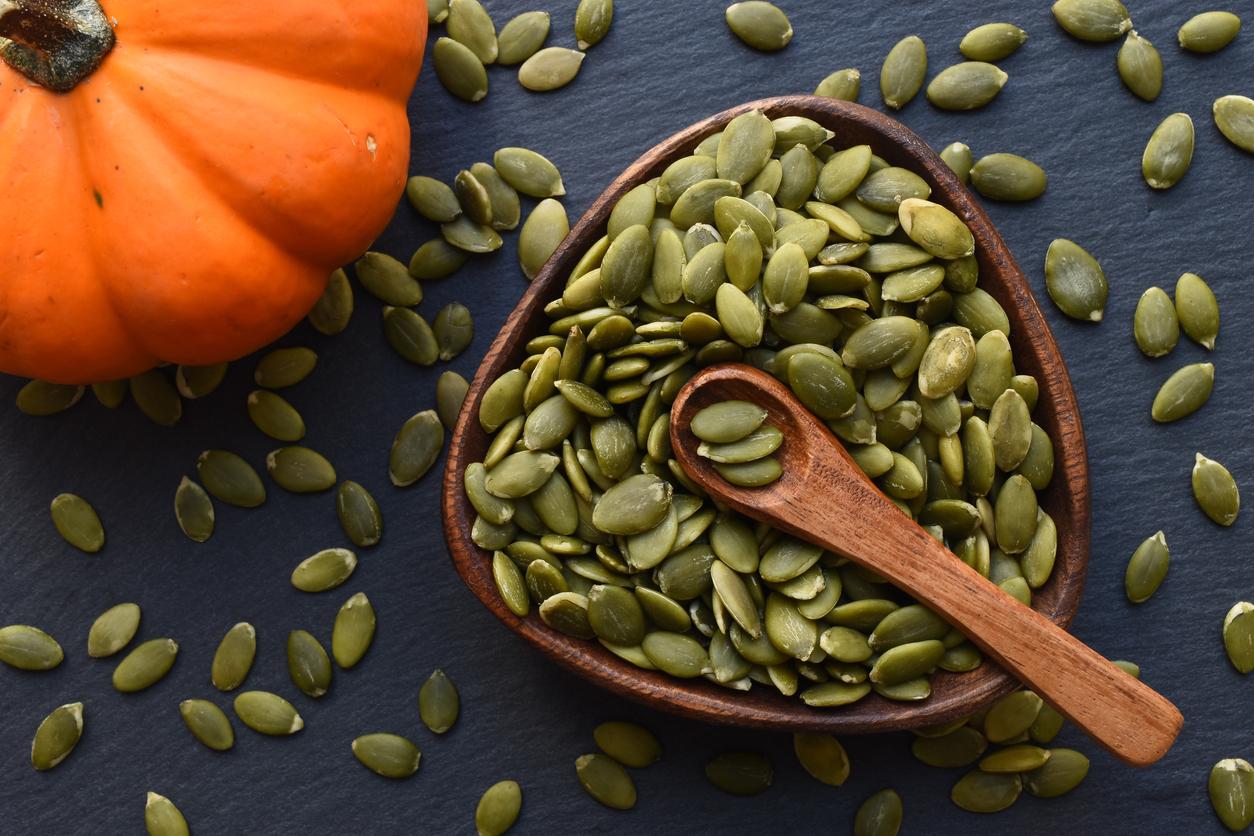Did you know ? Originally, squash (or “cucurbits”) came from South America. And if we know pumpkin well, there are plenty of others: pumpkin, spaghetti squash, butternut squash, or even the most exotic giraumons and patissons.
Good news: low in calories (on average: 30 Kcal per 100 grams), squash are also excellent for health. They are thus rich in antioxidants (and, in particular, lutein and zeaxanthin which protect vision), pro-vitamin A (beta-carotene participates in iron metabolism, skin health and the immune system. ..), minerals (magnesium, potassium, manganese …) and vitamins (vitamin C, vitamin B9, vitamin B6). Enough to spend the winter in good health!
Whole squash can be stored for several months
>> How to choose the right squash? At the supermarket, preferably choose a very smooth squash: the skin should neither be damaged nor stained. The stem or peduncle must always be present. Quick tip: the flesh of small squash has more flavor than that of large squash. A squash Ripe butternut is whitish, slightly salmon-colored, with smooth skin, without spots or cracks, and a brown, whole and firm peduncle.
- Precautions to be taken: if the finger sinks into the bark, beware of rotting! If you buy your squash already sliced or cut into pieces, check that the flesh smells good and isn’t sticky. Likewise, if you feel it surprisingly light in relation to its size, it has started to dry out. Prefer elongated squash because it is in the elongated part that there is the most flesh.
>> How to store the squash? Whole squash can be stored for 3-4 months in a dry, cool and ventilated place, protected from light. The cut pieces can be stored in the refrigerator for 3-4 days, in cling film.
Sources:
- Press release The perfect
- Press release Pink Lady
Read also :
- Zoom on pumpkin seeds
- 12 recipes for cooking fall-winter vegetables
- 12 recipes with quince
- 20 fall recipes with pears
- 8 recipes to make the most of the fig season
- 18 fall recipes with apples
































